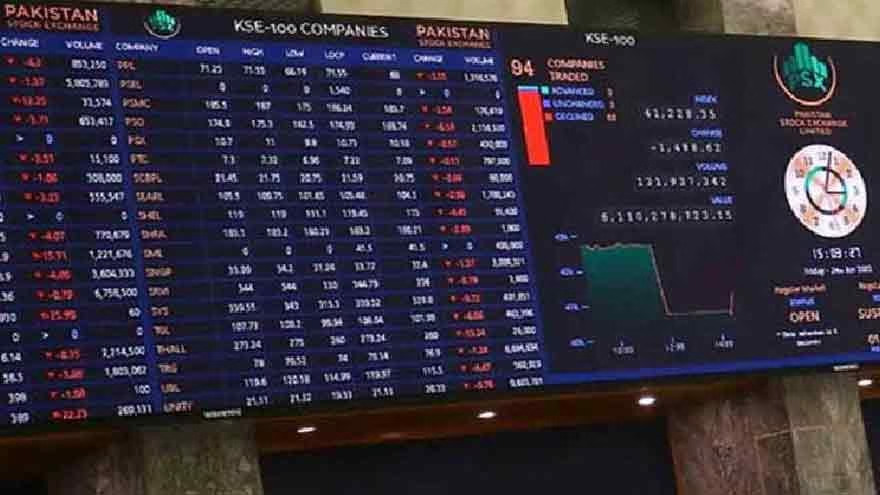The average retail price of sugar per kilogram has seen a notable increase of Rs 4.56 since June 13, reflecting a significant shift in the market dynamics. According to official sources, this surge has raised concerns about the effectiveness of government measures to control sugar prices and the implications for consumers across the country.
Government Measures and Their Implementation
Despite the Cabinet’s decision to halt the export of sugar to curb rising prices, this directive has yet to be implemented. The delay in executing this decision has contributed to the continued increase in sugar prices. The Economic Coordination Committee (ECC) had previously set the benchmark retail price of sugar at Rs 145.15 per kg, with an additional margin of Rs 2 to account for market fluctuations. However, the latest data reveals that the current average retail price of sugar stands at Rs 147.40 per kg, exceeding the benchmark by Rs 2.25.
Price Trends and Market Analysis
The trend in sugar prices has been on an upward trajectory. On July 11, the retail price of sugar surpassed the fixed benchmark, and by July 29, it had increased further by Rs 2.56 per kg from the benchmark. This consistent rise in prices indicates underlying issues in the supply chain and market regulation that need immediate attention.
At the time of the ECC’s approval, the average retail price of sugar per kilogram was Rs 143.15. The committee had set the benchmark with the intention of stabilizing prices, but the current market scenario suggests that the measures have fallen short of their intended impact.
Formation of the Cabinet Committee
In response to the escalating prices, the federal cabinet has formed a dedicated committee to monitor and manage the sugar market. The committee, chaired by Petroleum Minister Mossadegh Malik, is tasked with overseeing the suspension of sugar exports and ensuring that domestic supply meets demand without further price hikes. This move aims to address the immediate crisis and develop a long-term strategy for price stability.
Impact on Consumers
The rising cost of sugar has a direct impact on consumers, particularly affecting households with limited budgets. Sugar is a staple commodity in Pakistani households, and any increase in its price can strain family finances. The government’s inability to swiftly implement export bans has led to public frustration and calls for more robust regulatory mechanisms.
Factors Contributing to Price Hikes
Several factors contribute to the increase in sugar prices. These include fluctuations in global sugar markets, domestic production challenges, and issues related to the distribution network. Additionally, speculative trading and hoarding by middlemen often exacerbate price volatility. The government’s regulatory bodies need to address these issues comprehensively to stabilize the market.
Long-Term Solutions
To prevent such crises in the future, long-term solutions must be considered. These include:
Enhanced Production Capacity: Investing in the agricultural sector to boost domestic sugar production can reduce dependency on imports and stabilize prices.
Improved Market Regulation: Strengthening regulatory frameworks to prevent hoarding and speculative trading can ensure a more stable market.
Efficient Distribution Networks: Ensuring that sugar reaches markets efficiently and at fair prices can prevent artificial shortages and price spikes.
Transparent Pricing Mechanisms: Implementing transparent pricing mechanisms that reflect true market conditions can help in maintaining fair prices for consumers.
The recent surge in sugar prices highlights the complexities of market dynamics and the challenges in implementing government measures effectively. While the formation of a cabinet committee is a step in the right direction, it is crucial to address the root causes of price hikes and develop long-term strategies for market stability. Ensuring that the supply chain functions efficiently and transparently will not only stabilize prices but also restore consumer confidence in the market. The government’s role in balancing market forces and protecting consumer interests is critical in navigating this challenging period.



